
1. Arcos da Lapa – Carioca Aqueduct
Introducing the famous Arcos de Lapa. It has earned its place among Rio's most iconic must-see sights, alongside Corcovado, Copacabana, and the Selarón Steps. Read more
Tour
7,3 km
3h
24 audios
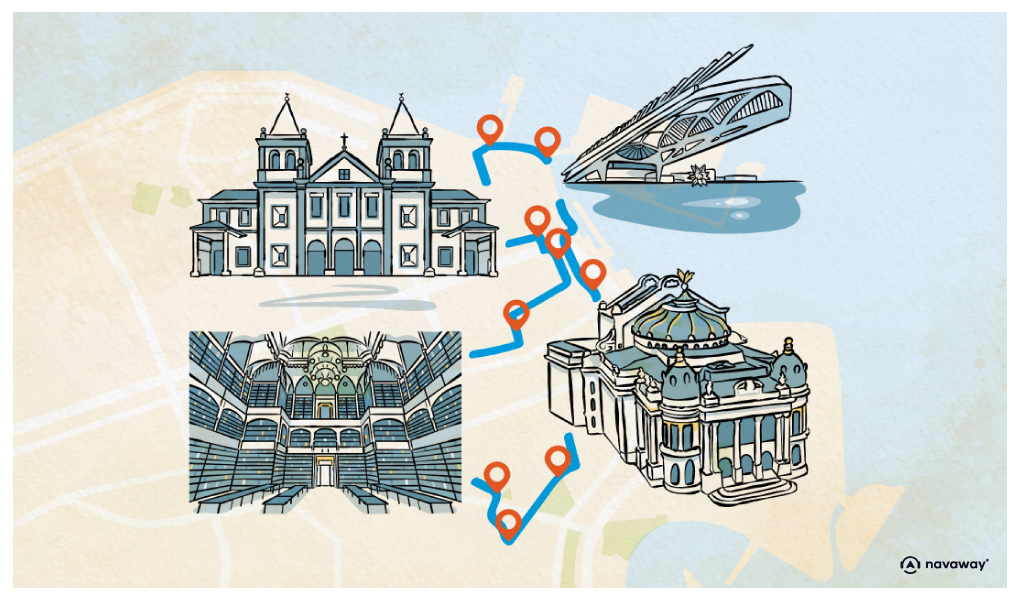
Text version
Nestled at the heart of nature, Rio de Janeiro stuns with its wild beauty. Here, vast sandy beaches meet a city alive with color and good vibes! Get ready to discover one of the world’s most beautiful cityscapes. Rio’s turquoise bays are little slices of paradise, and its city center pulsates with the rhythm of samba, echoing back to its colonial roots and African heritage. Add in the smiley locals, killer cocktails and the ever-present upbeat music filling the air, and you’ve got the ultimate trifecta! Sure, you can climb up and enjoy the views from the iconic Christ the Redeemer statue, all on your own. Same with visiting the sun-drenched beaches of Copacabana and Ipanema. Easy peasy. But navigating the maze-like streets of the old town? Now, that’s a whole different story. But do not fret – we’ve got you! Our 10km tour will take you off the beaten path and into the heart of the real Rio, beyond the tourist hotspots, where you’ll learn all about Brazil’s history, tracing its roots back to this iconic city.

Introducing the famous Arcos de Lapa. It has earned its place among Rio's most iconic must-see sights, alongside Corcovado, Copacabana, and the Selarón Steps. Read more

The pink-and-white mansion before you is the Masonic Lavradio Palace. Since 1972, it's been protected by INEPAC, the State Institute of Cultural Heritage, for its historical importance to Freemasonry during Brazil's imperial era. Read more

You didn't expect to find a pyramid-shaped cathedral in Rio's historic center, didn't you? And yet, here you have it! The Saint Sebastian Cathedral is but an avant-garde take on pre-Columbian pyramids. Read more
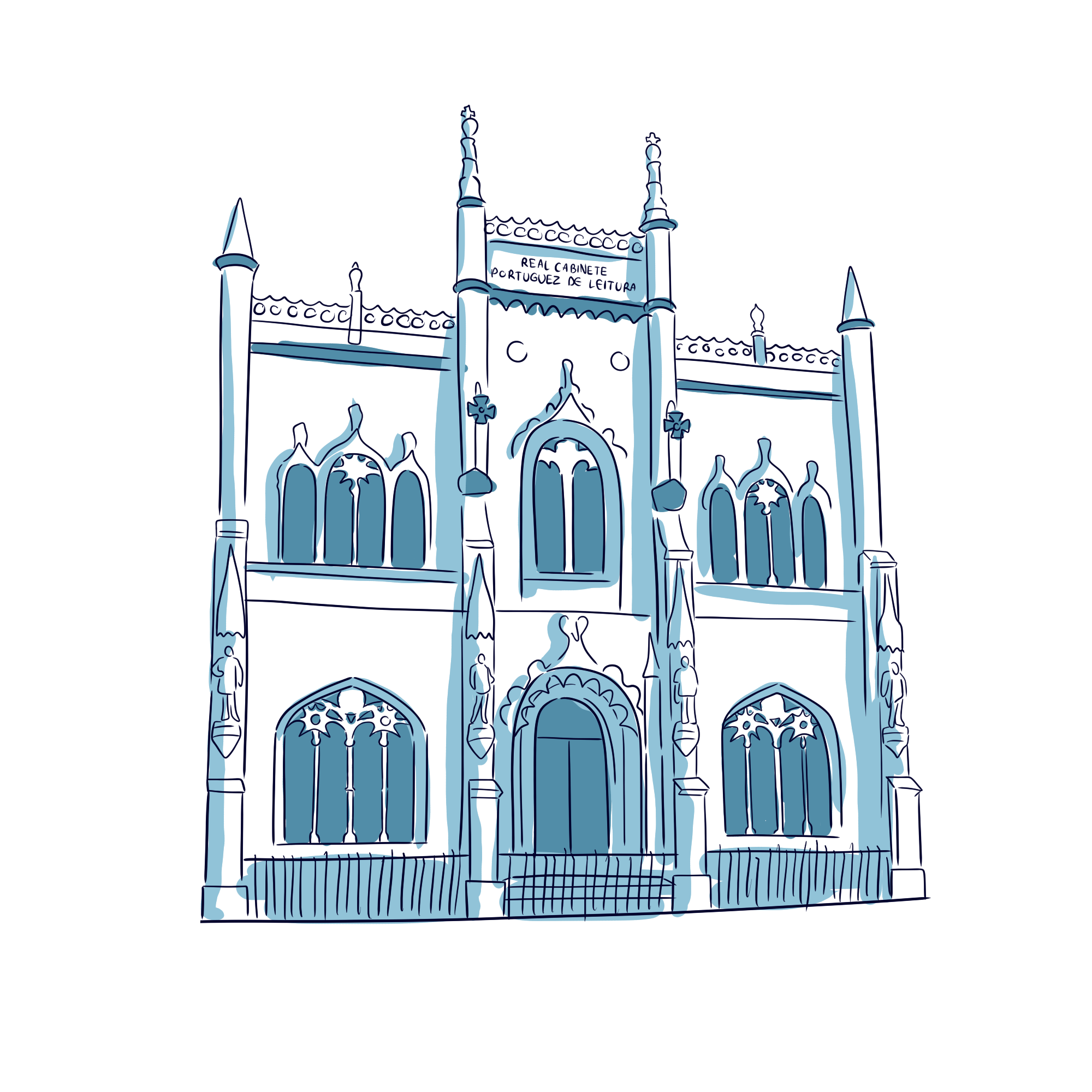
Feast your eyes on this beautiful, richly sculpted façade – it belongs to the Royal Portuguese Cabinet of Reading, a library like no other! Read more

That big building opposite you on the left is the Bank of Brazil Cultural Center. As you can probably tell from the name, this neoclassical beauty wasn't always about art and culture. Read more
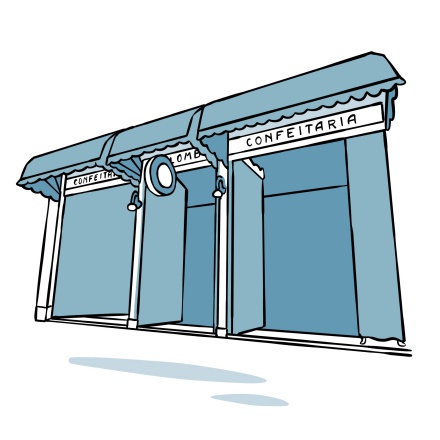
Take a look at the beautiful coffeehouse on your right. It's the Colombo confectionery, a local landmark. Read more

Introducing the beautiful Baroque Candelária church. Legend has it that, in the 17th century, a ship named Candelaria weathered a big storm at sea and barely made it to shore. Grateful to be alive, the shaken Portuguese sailors built a small chapel around 1609, fulfilling a vow they made during the tempest. Read more

You're now heading up the Rio Branco avenue. Back in the early 1900s, Rio was essentially stuck in colonial times, and in desperate need of modernization, both in terms of urban planning and public health measures. Read more

This is the entrance to the São Bento monastery. Feel free to pause the audio guide and explore the place yourself. The church's hilltop location and imposing façade hint at its dual role: a place of worship and a stronghold for defense. Read more

Welcome to the Mauá square, completely remodelled for the Olympics. Back in the day, this area was known as "Largo da prainha", meaning ‘Little Beach Square’, a nod to the beautiful cove stretching out just below. Read more

That eye-catching building by the bay is none other than the Museum of Tomorrow, the crown jewel of a major project to revitalize the Porto Maravilha district. Read more

Take a few steps back from the museum and take a good look at it. That pristine white structure against the turquoise bay water is truly something special. Read more

This is the Orla Condé Promenade, part of the Olympic Boulevard. It's a 3.5-kilometer-long walkway along the Guanabara Bay that will take you to the 15th of November Square. It's also part of the port's big makeover project. Read more

Take a look at this strange sculpture in front of you; it might have you reminiscing about childhood days spent blowing on pinwheels. It's actually the 2016 Summer Olympics cauldron. Read more

You're now walking down the Travessa do Comércio, meaning Trade Lane! This little cobbled street takes you back in time to colonial Rio, with its old stone houses lining the narrow sidewalks. Read more

You're right at the heart of Rio de Janeiro's historic center, on the 15th of November square. November 15th is an important date in Brazil, as it marks the proclamation of the Republic. Read more

Take a look at the big white building across the square. This modest, plain structure was once home to the emperors Dom Pedro I and II. Read more

Right next to the Imperial Palace is the Tiradentes Palace. It's the seat of the Legislative Assembly. Brazil is a federal republic, just like Australia, Germany, Switzerland, India and the United States. Read more

Introducing Carioca Square, one of the city's busiest spots, home to a huge metro station serving several lines. It may be modern, bustling with hundreds of suited businessmen, office workers and street vendors, Read more

You're now standing in front of Rio's stunning Municipal Theatre. This architectural gem might look familiar – it was modeled after the famous Palais Garnier in Paris. No wonder it's considered one of the most beautiful and important theaters in the country. Read more

Here, on your left, you'll find Rio's National Library. It has an eclectic architectural style, fusing neoclassical and art nouveau elements, and it's here to impress. This library holds the key to Brazil's past. Read more

This whole area around you is known today as Cinelândia. Ask anyone and they'll tell you that you're in Cinelândia Square, when in fact its real name is Floriano Peixoto Square, in honor of the second President of the Republic of Brazil. Read more
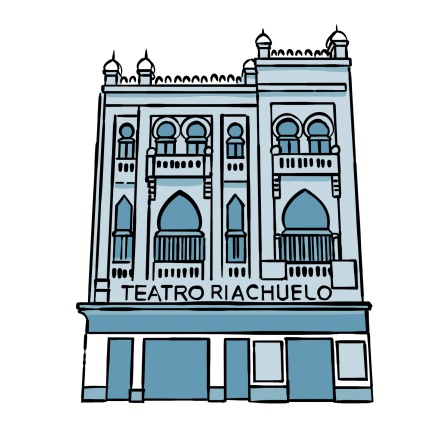
The Riachuelo theatre sticks out like a sore thumb! Its Islamic influences are a far cry from the modern buildings in downtown Rio. In fact, this type of neo-Moorish architectural style is rather rare in the city. Read more
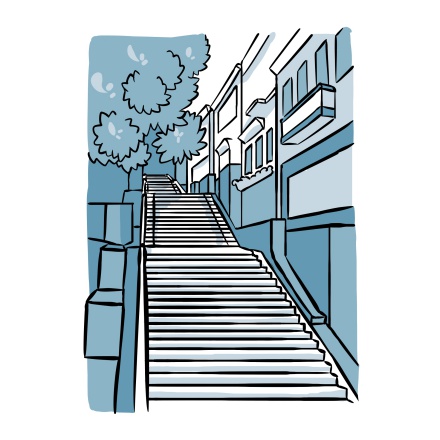
Here it is at last, the famous colored staircase you've all been waiting for! You've probably seen pictures online, but trust me, it's even more stunning in person! Read more


Discover Rio de Janeiro with app
An interactive guide through the most beautiful streets, squares, and districts
24 fun audioguides full of historical facts, anecdotes, and legends
Reach the summit and admire the spectacular view of Rio from Christ the Redeemer on the Corcovado train.
There’s more to the city than meets the eye. If you thought Rio was just about carnival, football and beaches, you’re in for a treat. There’s so much more to see and do.
Rio has become one with nature, nestled between glistening bays and emerald mountains. Thrill-seekers and nature lovers rejoice! Rio’s mountains are calling, and they’re all yours to conquer. There are numerous hiking trails of varying difficulty, accessible right from the city center. Here’s a short, non-exhaustive list of the most famous ones:
– Sugarloaf / Corcovado: accessible by train and cable car, but also on foot.
– For a jaw-dropping sunset climb to the 2 brothers Hill, Os Dos Irmaos in Portuguese. Just hop on a mototaxi through the pacified Vidigal favela (totally safe, everyone does it), and then it’s a 1-hour trek through the forest.
– If you love sunrises, you can hike Pedra Bonita for amazing views! It’s an easier hike and you can paraglide or hang glide over Rio from the top! The trailhead is accessible by Uber or bus, and the hike takes about 50 minutes.
– Feeling adventurous? Take on the challenging hike to Pedra da Gávea. It’s a tougher trek, but the panoramic views of Ipanema, São Conrado, and Barra da Tijuca are worth the sweat.
Of course, no trip to Rio is complete without a visit to the awe-inspiring Christ the Redeemer statue, its arms outstretched, embracing the sprawling Guanabara Bay below. It’s one of the 7 Wonders of the World, so it’s usually a bit of a crowd-puller. But trust me, it’s worth the extra trouble. You can get there by bus, train or on foot. Choose the bright red cogwheel train for the most scenic views. It passes through Tijuca National Park and takes you to the top of Corcovado mountain in 20 minutes. Fares are constantly changing, so be sure to check the official Corcovado mountain website. The train is a little pricier than the bus (but not by much), but if you’re on a budget, you can always hike. It’ll take you about 1 hour. Try to get there early in the morning to avoid the infamous Rio fog that blocks the views!
Sugarloaf mountain is yet another must-see in the city. The Portuguese named it so for its uncanny resemblance to the blocks of refined sugar that sailors used to carry on ships during the sugar trade. You can take two cable cars to the top for amazing city views! Want to save some cash and still enjoy a forest walk in the company of monkeys? You can walk up to the first mountain peak (approx. 45 min.) and buy a ticket just for the second cable car section. Pro tip: stay up there to watch the sunset!
Rio de Janeiro’s beaches are more than just stunning backdrops for sunbathing and swimming. They’re the beating heart of the city. Here’s an overview of some of the most emblematic ones:
– Leblon: the beach of choice for Rio’s elite. Nestled in the quiet Leblon district, it’s serene, with gorgeous sunsets over the Two Brothers Mountain.
– Ipanema: It’s impossible not to hum the the iconic ‘Girl from Ipanema’ tune as you stroll along Rio’s beachfront. It’s the city’s most popular beach and a go-to meeting spot.
– Copacabana: This is the most famous beach in Rio, Brazil or perhaps the entire world! A stroll along its famous black and white mosaic promenade will leave you humming its iconic namesake song.
– Flamengo: The first of the beaches on the Guanabara Bay shoreline, with a stunning vistas of Niteroi.
– Botafogo: Once Rio’s posh neighborhood, Botafogo’s beach offers superb views of Sugarloaf Mountain!
And if you prefer secret beaches off the beaten path:
– Joatingade: A wild beach that’s accessible only at low tide and a little hard to find. But you get the idea! It’s a hidden gem away from the crowds, ideal for an escape from the hustle and bustle of the city.
– Praia da Reserva: As its name suggests, this beach is part of a nature reserve, further away from the city center and therefore less crowded, not to say deserted.
Right opposite Rio, across Guanabara Bay, you’ll find its twin sister city, Niteroi. Hop on a 15-minute boat ride or cross the longest bridge in Latin America, and explore this less touristy haven full of hidden gems.
– Here, you’ll see the very final creation of Brazilian architect Oscar NiemeyerIt. He practically built Brasilia from the ground up and didn’t stop there. He’s the one that designed the Niteroi Contemporary Art Museum, a futuristic architectural marvel offering breathtaking views of Rio. This exceptional site can be found along the Caminho Niemeyer, the Niemeyer Path. I’ll say no more, as you truly have to go and walk the cool white, curved passageways to get the full picture.
– On this side of the bay, you’ll also find the magnificent Parque da Cidade. This nature protection area offers stunning views of the bay and it’s a popular spot to catch the sunset. Keep in mind it closes at 6 PM.
Samba is the heart and soul of Rio, and it will leave you spellbound. Let the infectious rhythm sweep you off your feet! How and where, you might ask. Well, here are a few options:
– You can visit the famous Samba City, with its fourteen massive factories where they create carnival floats, costumes and other props used in the parade. You can also attend one of the many workshops and learn to dance or play percussion.
– You can even catch a samba school rehearsal in the run-up to the Carnival.
– Want the ultimate experience? Then head to the happening music clubs in Lapa and mingle with the Cariocas! Try Rio Scenarium or Carioca de Gema.
Football fans are in for a treat in Brazil. Football is more than just a sport here – it’s a religion. And visiting its sacred grounds is a must-do. Whether you’re a seasoned football fan or a curious newcomer, catching a game at the legendary Maracanã stadium is an experience that will leave you forever changed! This iconic stadium isn’t just a venue for thrilling matches; it’s also a reminder of a national heartbreak. In 1950, Brazil built the then-largest stadium in the world, the Maracanã, to stage the FIFA World Cup. The home team was sure to win. They easily made it to the final. The pre-match pep talk went something like this: “In a few minutes, you’ll be world champions!”. And then, against all odds, Uruguay won the match. For Europeans, this was a major blow, but for Brazilians, it was a national tragedy. This defeat became known as the “Maracanazo”, meaning “The Maracanã Blow”. Many documentaries explain the dramatic consequences of this defeat, both for the black players, who were ostracized from the national team for years, and for the goalkeeper, who was made a scapegoat. Playwright Nelson Rodrigues summed up this defeat as follows: “Every place has its own irreparable national catastrophe, its own Hiroshima. Our catastrophe, our Hiroshima, was our defeat against Uruguay in 1950. The FIFA President had not even planned a ceremony in the event of Uruguay’s victory! His speech, to be given in Portuguese, was never delivered, and the trophy was given half-secretly to the Uruguayan captain amidst a heavy silence. Even the Uruguayans felt sorry for the Brazilians and did not celebrate their victory. All this to show the deep-rooted significance of football in Brazil and the unwavering dedication of fans there!
Rio isn’t all about beaches! It also has a saltwater lake with two small islands. It’s the Rodrigo de Freitas lagoon, near the Copacabana and Ipanema districts. Bordered by the Botanical Gardens, the lagoon is a local favorite and perfect for a fun day out. You can choose between jogging, cycling, rollerblading, as well as rowing, boats and pedal boats, all in this breathtaking setting.
Museums here aren’t just architectural beauties; they’re treasure troves waiting to be explored! Their collection are rich and interesting. Here are a few must-sees:
– Museu do Amanhã (Museum of Tomorrow): A science museum with futuristic architecture (pls google it!) designed to raise public awareness of the consequences of global warming and human impact on our planet. A must-see interactive museum that mixes science, art and technology!
– Museu Histórico Nacional (National Historical Museum): History buffs will love this museum, which traces the entire history of Brazil. From prehistory and indigenous groups, to Portuguese colonization and the proclamation of the Republic of Brazil (Free on Sundays).
– Museu de Arte do Rio (Rio Art Museum): This art museum traces the country’s evolution through its art. Embracing a socially conscious agenda, it sheds light on contemporary social issues. (Free on Tuesdays)
– Museu Nacional de Belas Artes (National Museum of Fine Arts): Every major city has a Museum of Fine Arts, and Rio is no exception. Here, you’ll find an extensive collection of 19th- and 20th-century art by Brazilian artists. (Free on Sundays)
– Museu de Arte Moderna (Museum of Modern Art): This modern art museum opened in 2014, and has become one of the country’s most important cultural institutions. (Free on Wednesdays)
Can’t squeeze in visits to all of Brazil’s diverse regions? Consider a getaway to Ilha Grande. This island is a protected biological reserve of unparalleled wild beauty and it happens to be just a stone’s throw from Rio. It’s off-limits to cars, and full of heavenly nooks and crannies accessible on foot or via excursions. We recommend spending at least 2 or 3 nights here.
Buzios is another must-see on the outskirts of Rio. Although very touristy and swarming with Argentinians in summer, Buzios is a little slice of paradise. Picture this: crystal-clear waters, white sandy beaches, lively streets and music on every corner. Vacation vibes at their finest!
200 audioguided tours for cities all around the world
DownloadOur rating
Budget
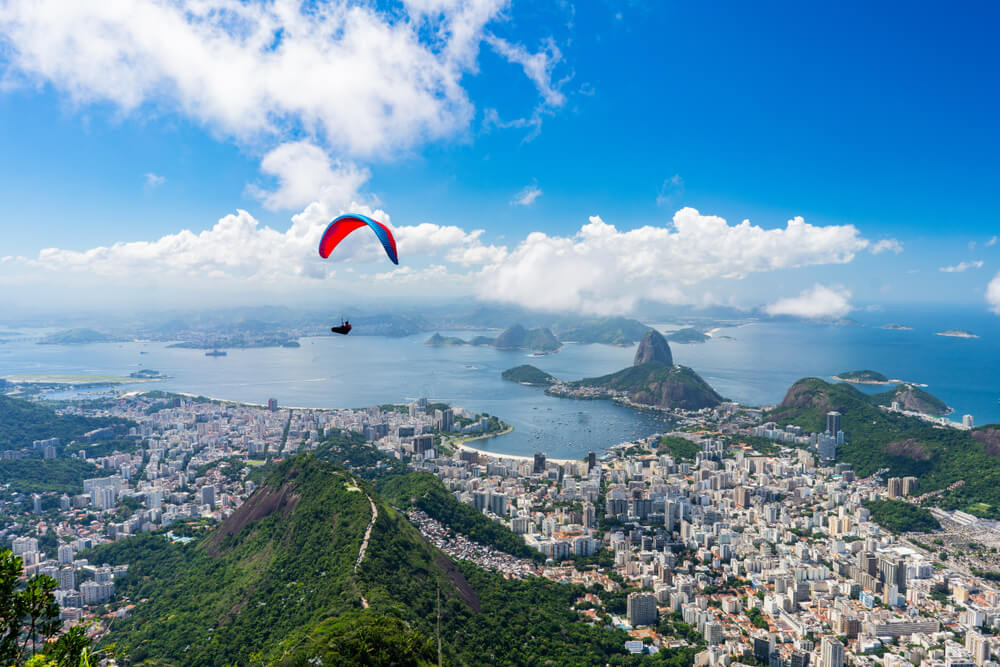
Definitely, you’ll feel like you’re growing wings in Rio! Paragliding offers an incredible sense of freedom of movement. As you soar over the city and…
Read More
Good to know: Everything is set up to capture this adventure in Rio. With an onboard camera, you’ll receive photos and videos taken during your paragliding flight.
Our rating
Budget

Show our full review
Our rating
Budget
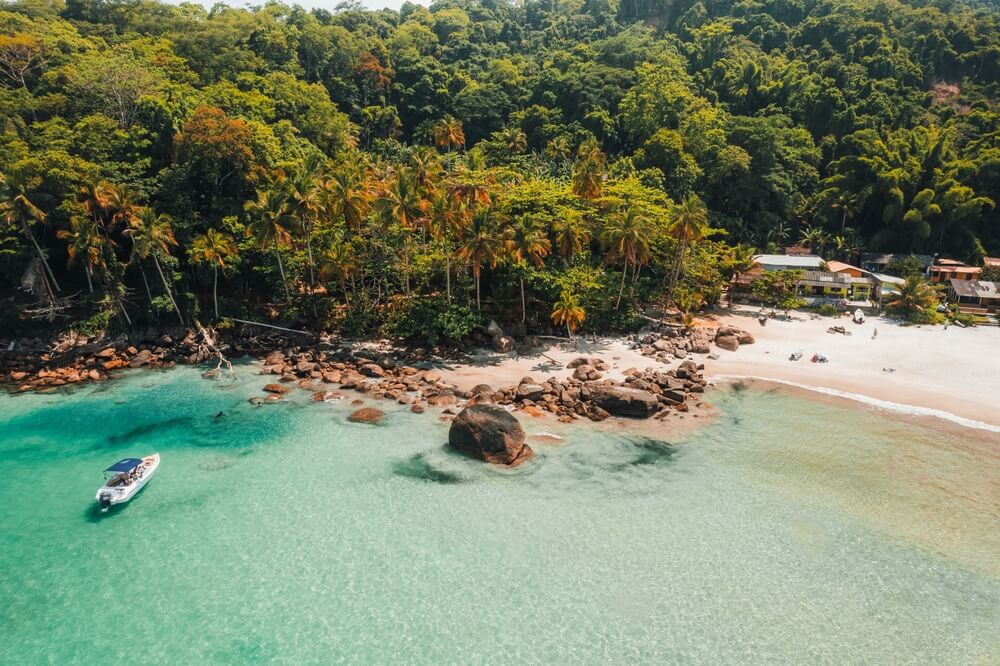
See Our Full Review
Our rating
Budget
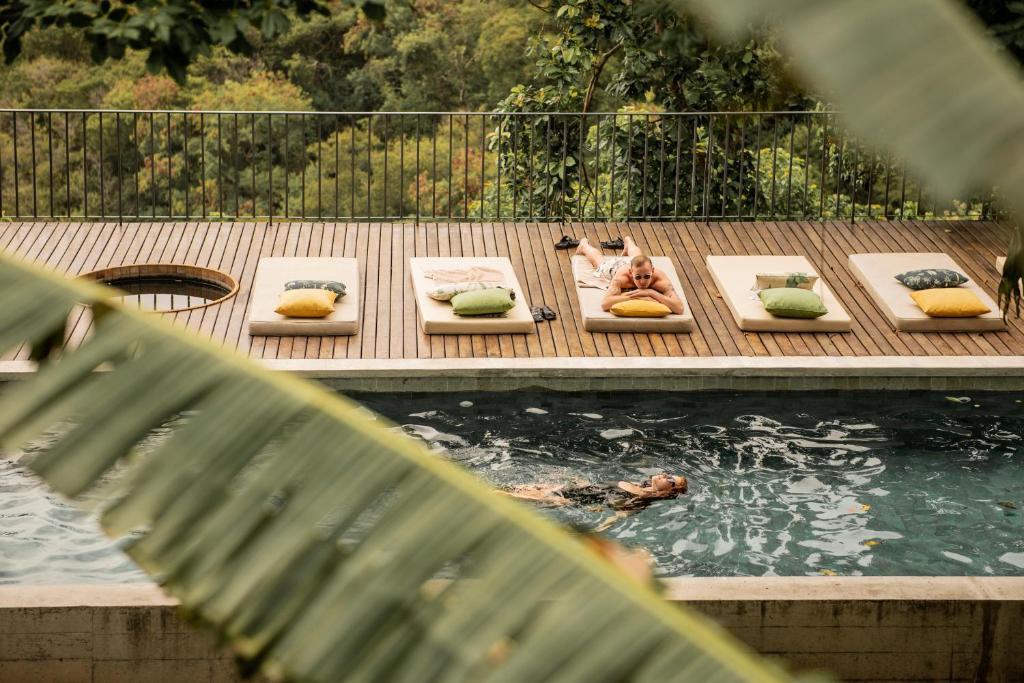
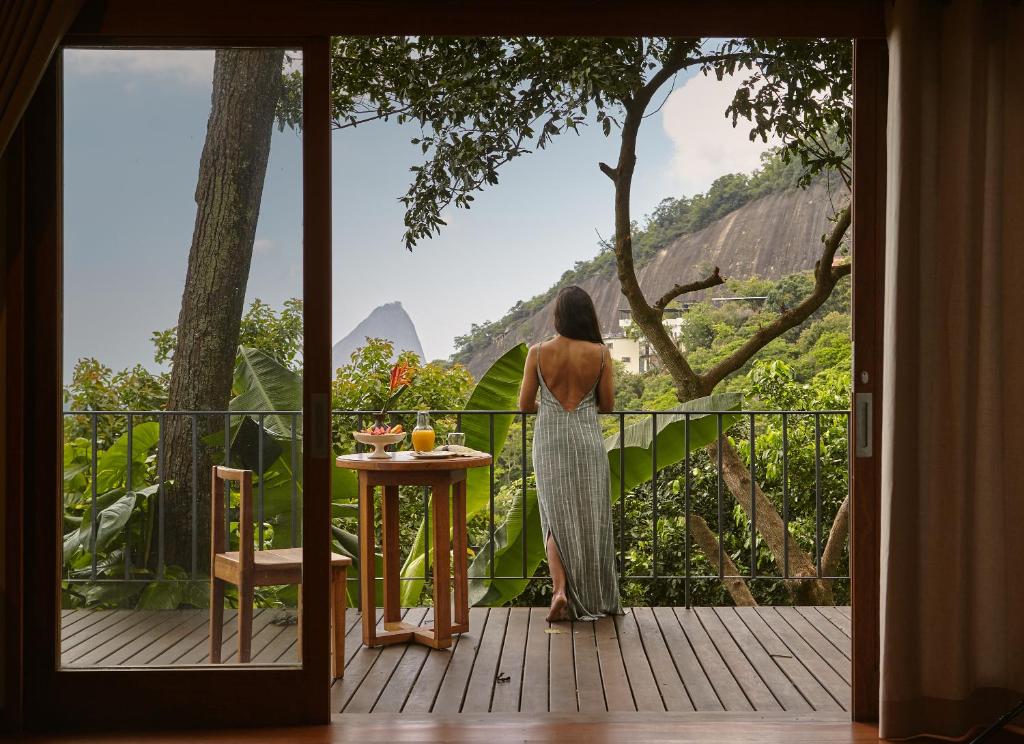
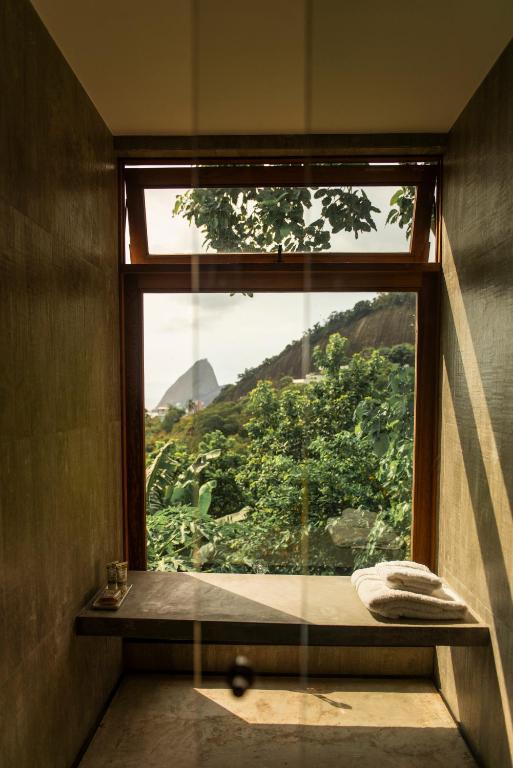
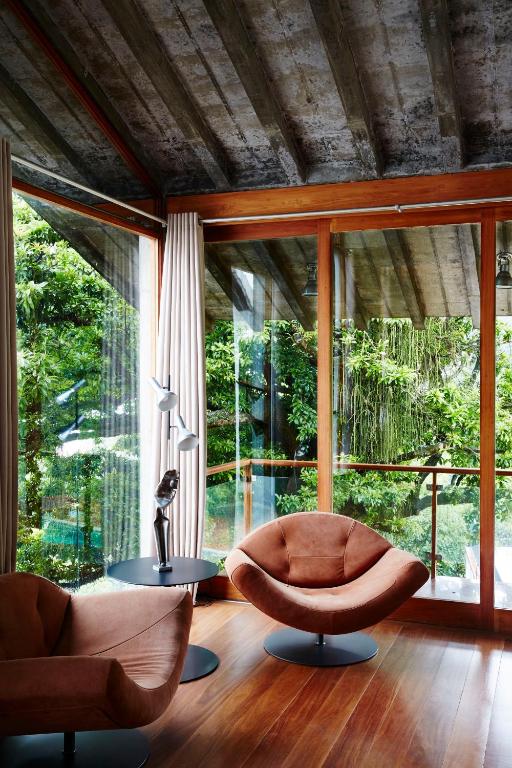
Here is the most Frenchy hotel in our selection! At least, according to its signature “Chez Georges,” because once inside…
Read More
Highlights
Fabulous view
Exceptional pool
Modern comfort
Attentive staff
Location : Ladeira do Meireles, 90, Santa Teresa, Rio de Janeiro
Our rating
Budget
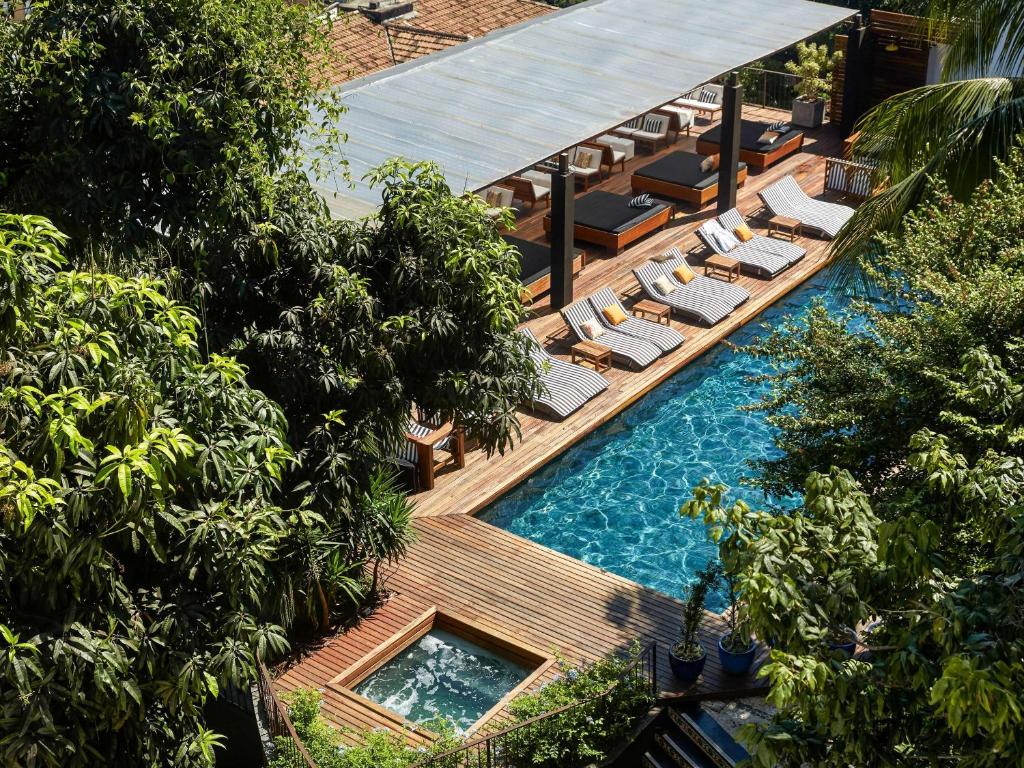
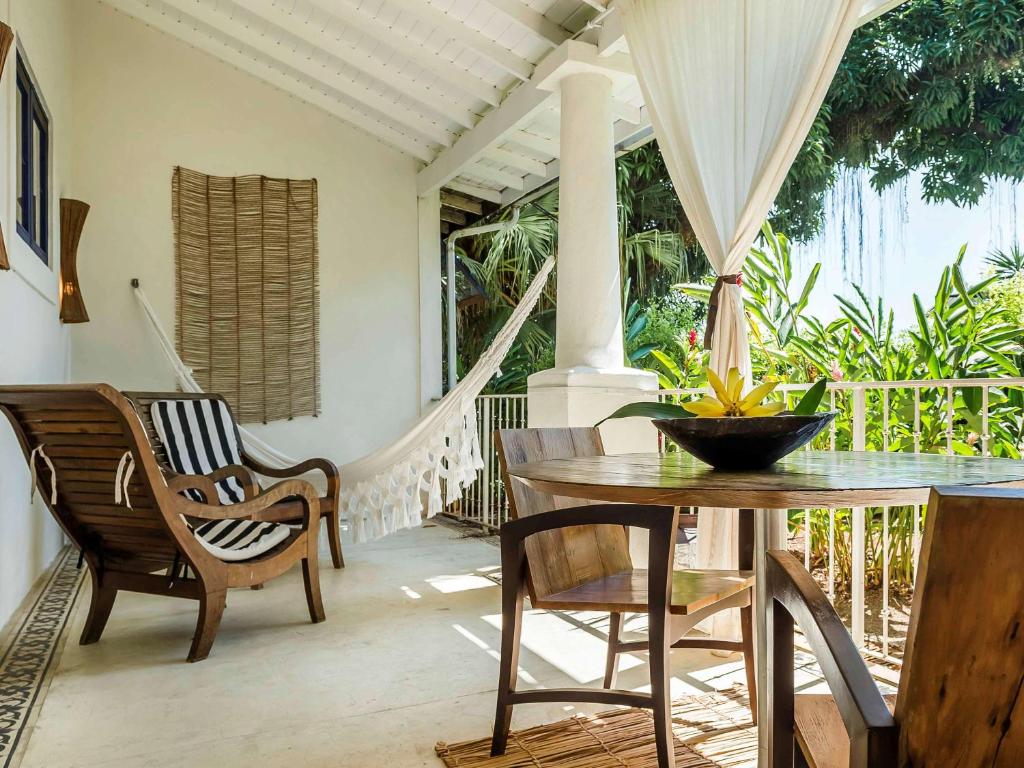

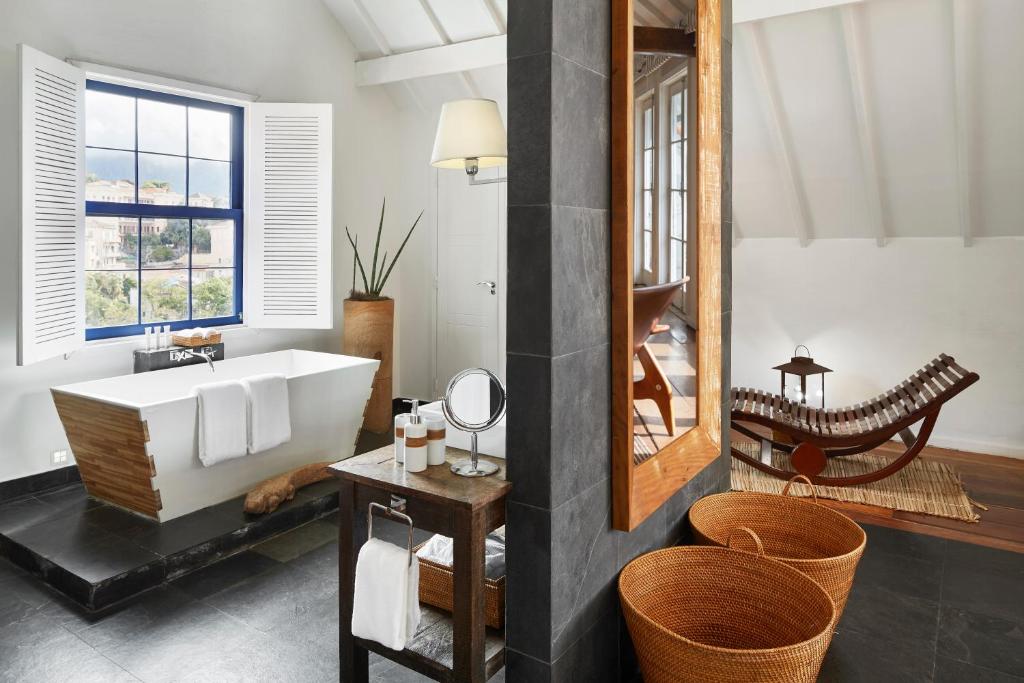
See Our Full Review
Our rating
Budget
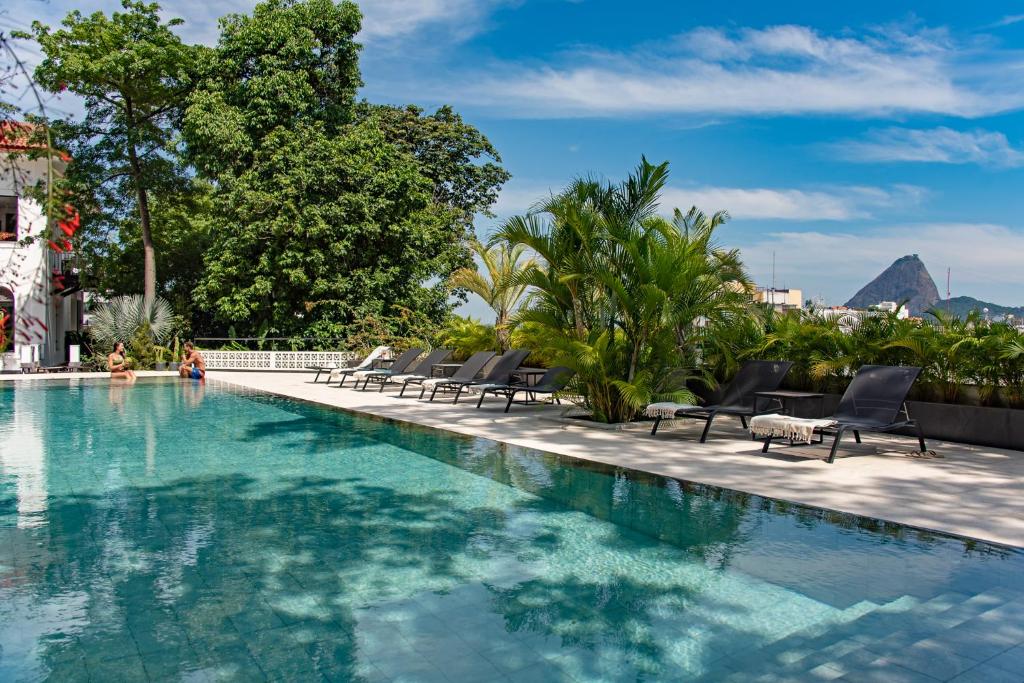
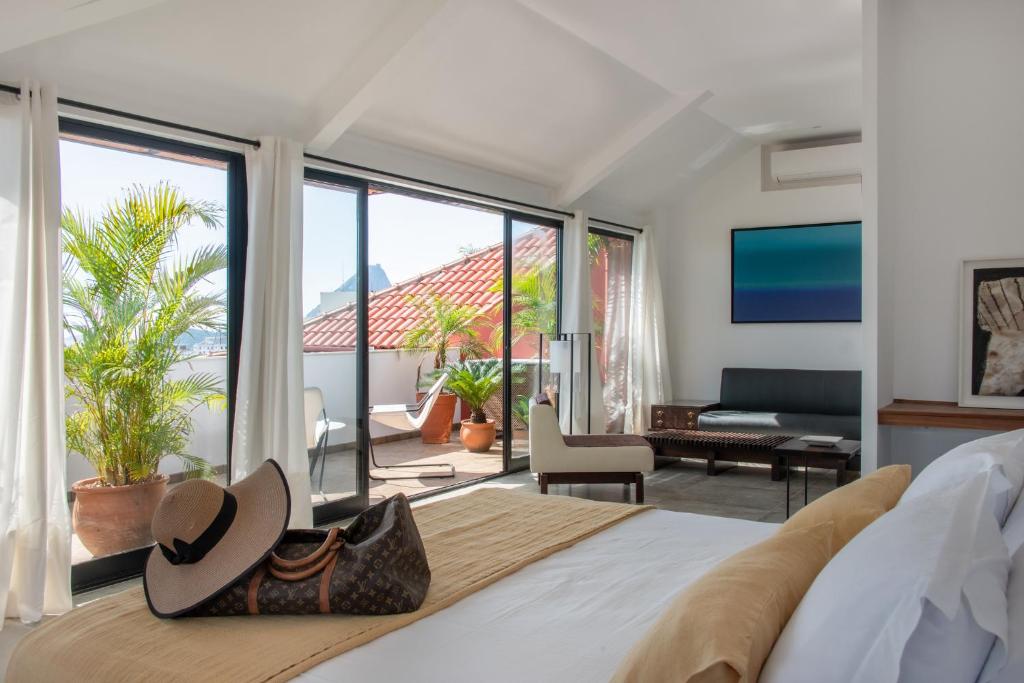
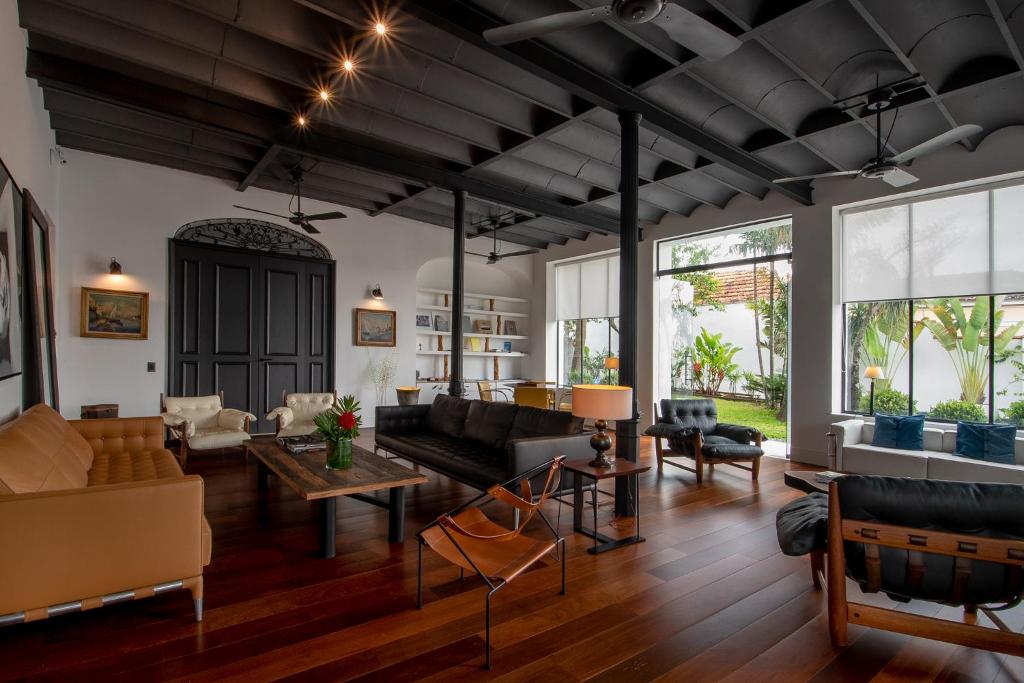
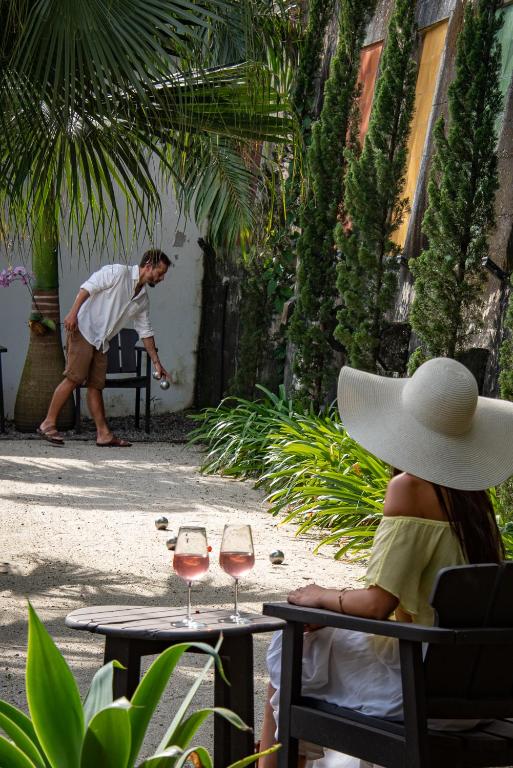
See Our Full Review
Comments